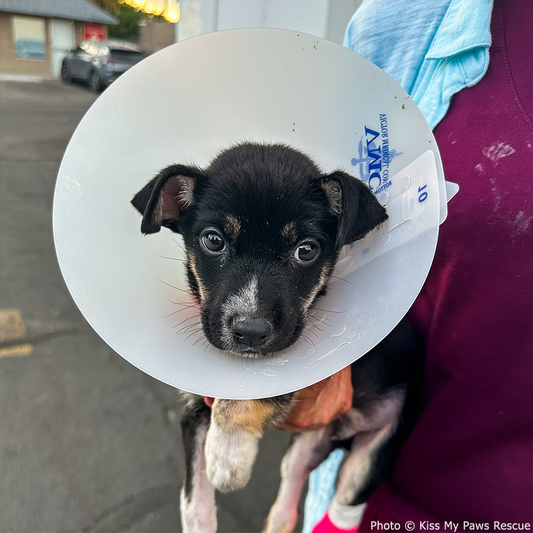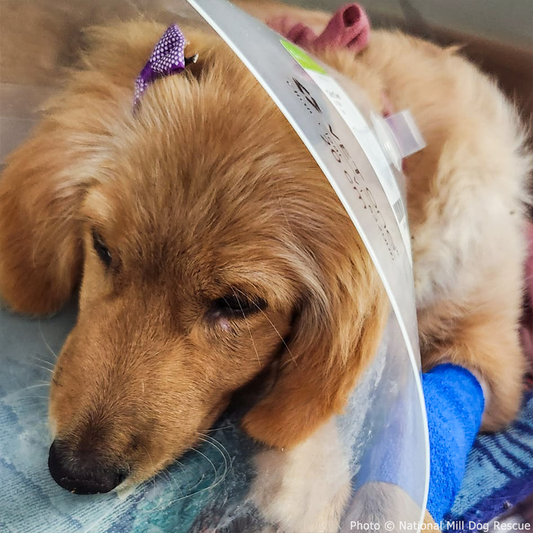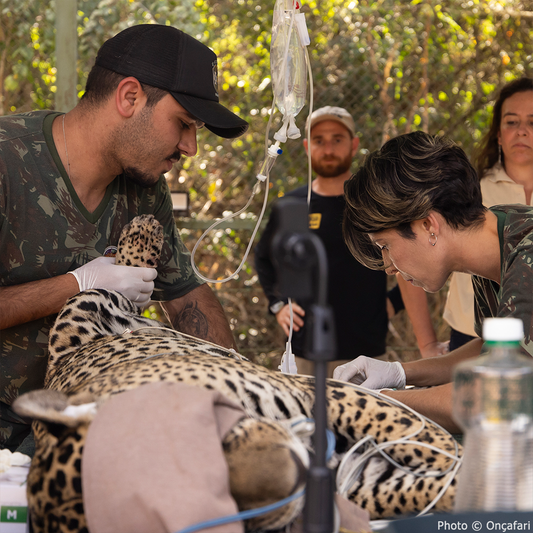Risk of Breast Cancer Found to Be Much Lower Following BRCA-Linked Ovarian Cancer Diagnosis
Michelle Milliken
Adobe Stock / Keopaserth
Having BRCA1 and BRCA2 mutations is known to substantially increase a person’s risk of breast cancer. According to the National Cancer Institute, between 55% and 72% of women with a BRCA1 mutation will develop breast cancer by 70 to 80 years of age, while between 45% and 69% of women with a BRCA2 mutation will do so. These mutations are also known to increase a woman’s lifetime risk of ovarian cancer. What happens to breast cancer risk if these women get ovarian cancer first, though? It seems to be somewhat protective, at least for a few years.
Researchers at the University of Manchester and the University of Manchester NHS Foundation Trust (MFT) recently examined breast cancer incidence in 701 women with BRCA1 and BRCA2 mutations who had developed ovarian cancer. The group was followed up with at two, five, 10, and more than 10 years after their initial diagnosis.

According to the study’s findings, published in the journal Genetics in Medicine, there was a lower risk of developing breast cancer compared to those without ovarian cancer over the first five years, but it started to go up significantly after that, especially beyond the 10-year mark. The researchers believe this may have to do with platinum-based chemotherapy, which is a common treatment for ovarian cancer. It may also allow women more time to consider preventive surgeries going forward.
Professor Gareth Evans, lead researcher and Consultant in Medical Genetics and Cancer Epidemiology at MFT, says, “Many women we speak to who have a new diagnosis of ovarian cancer immediately ask about bilateral mastectomy (removal of both breasts) as an option to manage their cancer risk. Many are upset to hear they need to delay this to the required two-year point of disease-free survival from ovarian cancer.
“Our findings mean we can reassure women that their risk of breast cancer in the first two years (short term) after diagnosis is relatively low at around 2% to 2.5%. This is likely because of the effects of platinum-based chemotherapy, which is widely used to treat ovarian cancer, resulting in control and potentially complete eradication of breast cancers that otherwise could have occurred in the first five years.”

There were differences in risk based on which type of mutation a patient had, though. For those with a BRCA2 mutation, there was a 3.3% risk of breast cancer at the two-year mark, 6.2% at five years, 10.4% at 10 years, and 20.3% at 15 years. For the BRCA1 mutation, the risk was 2.1% at two years, 5% at five years, 15% at 10 years, and 29.1% at 15 years.
The findings also showed that there was less high-grade triple-negative breast cancer and more lower-grade hormone receptor-positive cancer in the post-ovarian cancer group than those without ovarian cancer.
The team says their findings may help ovarian cancer patients better understand their future health risks, based on their particular mutation.

Professor Evans says, “For those with BRCA2, lower rates of breast cancer continue until 10 years of follow up as this gene is more sensitive to chemotherapy than BRCA1.
“In women with good long-term life expectancy the higher risks of breast cancer after 10 years, particularly in BRCA1, should be discussed with their clinicians. This includes presenting all the available options such as MRI screening and risk reducing mastectomy.”
Michelle has a journalism degree and has spent more than seven years working in broadcast news. She's also been known to write some silly stuff for humor websites. When she's not writing, she's probably getting lost in nature, with a fully-stocked backpack, of course.




















